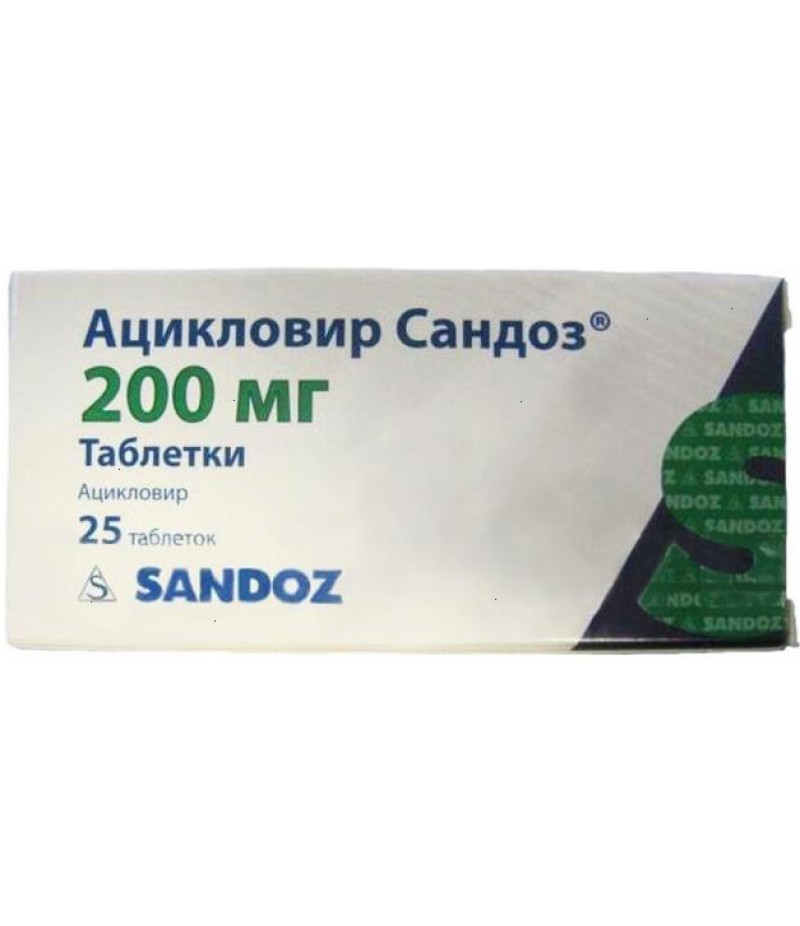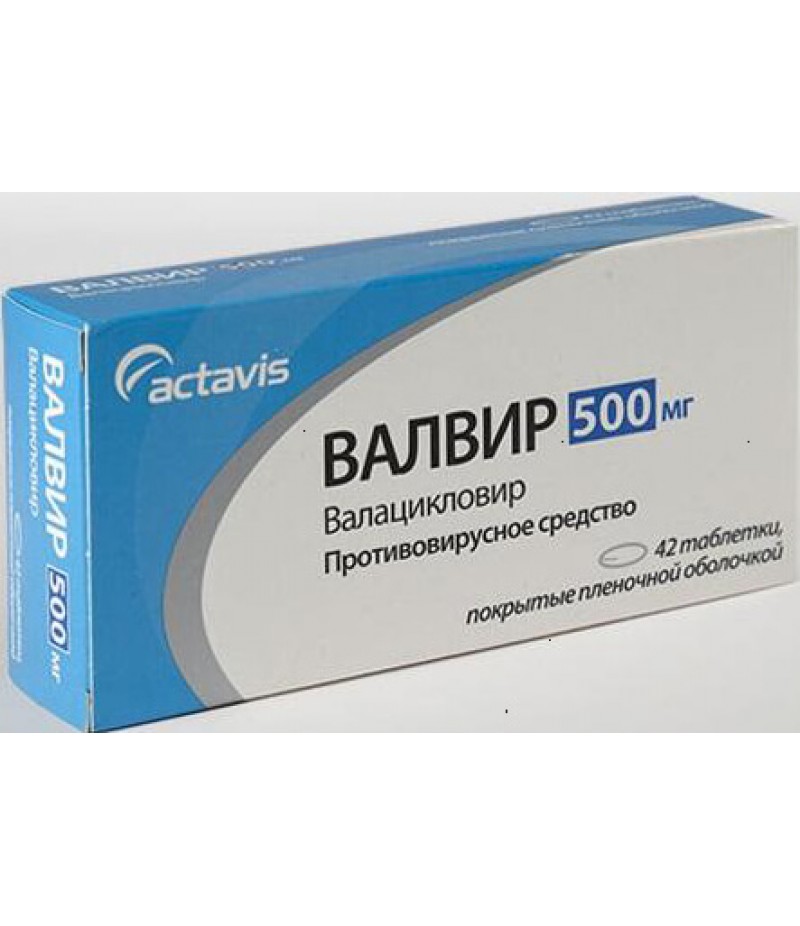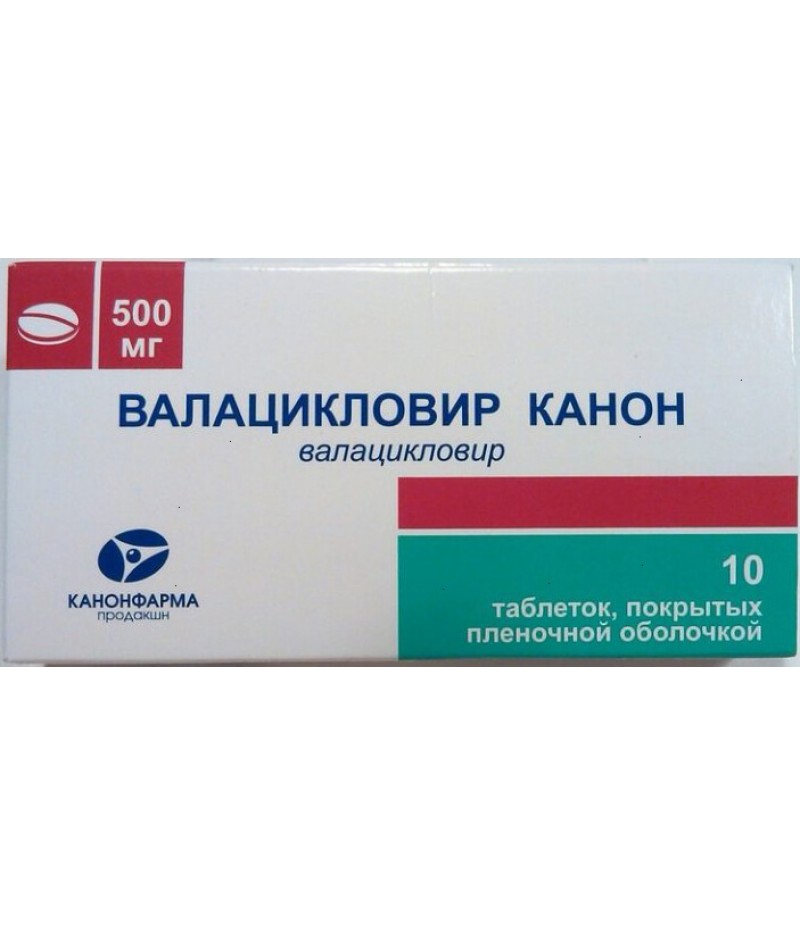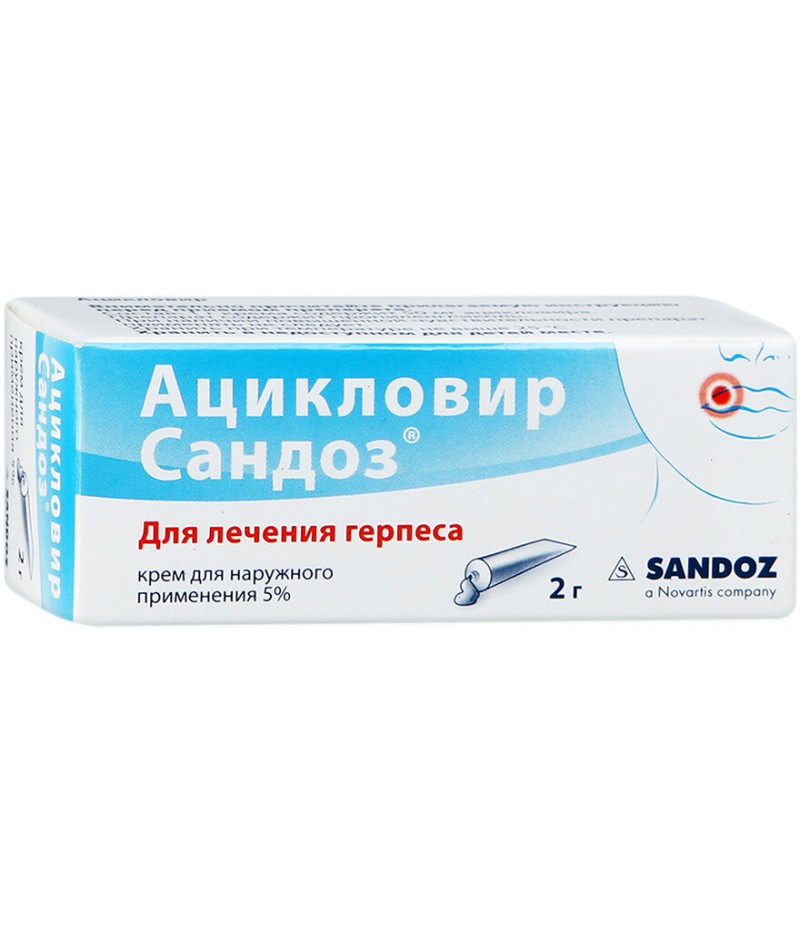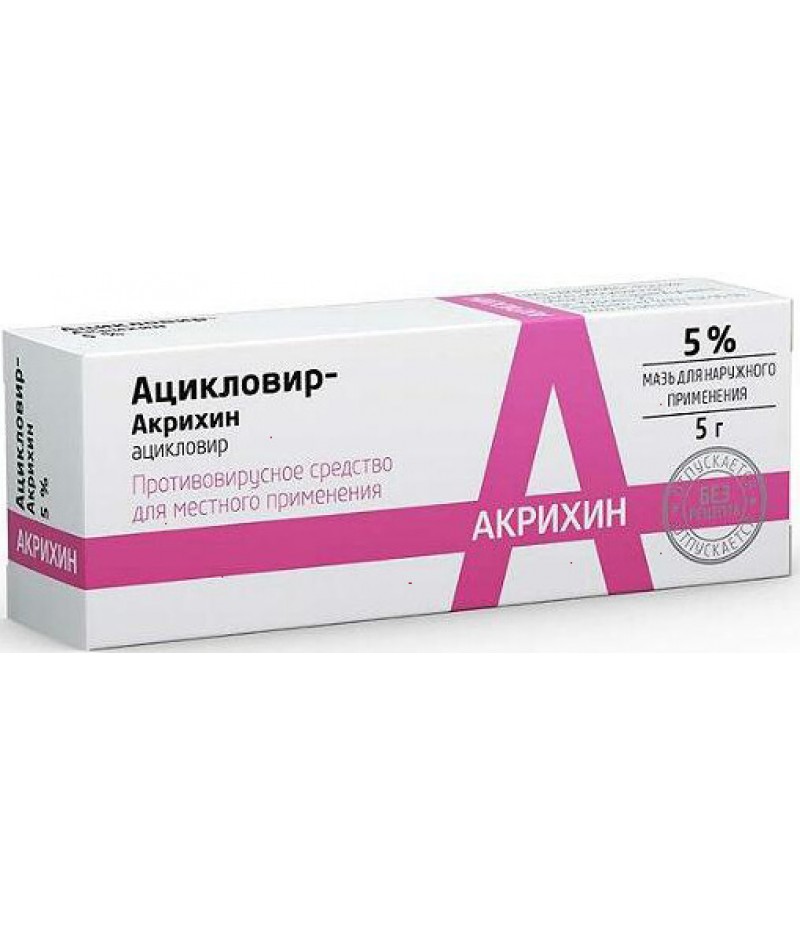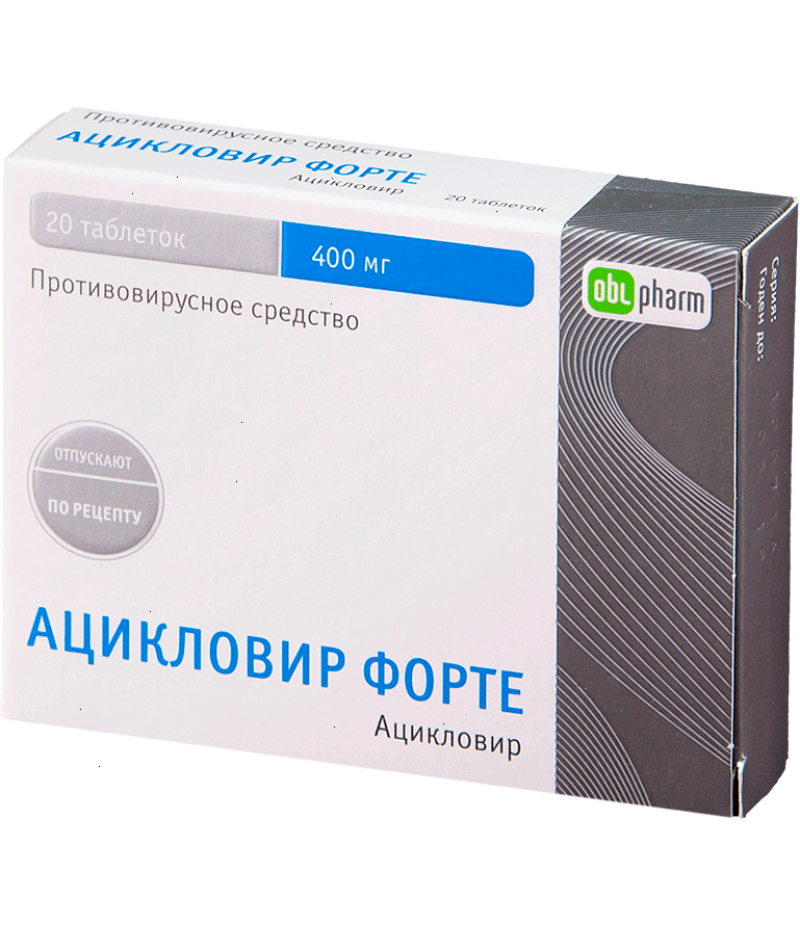Valcycon tabs 0.5gr #10
- $35.32
- 3 or more $34.90
- Availability:In Stock
Valcycon instruction for useReed more and buy Valcycon herepharmachologic effectValcycon is an antiviral agent of the group of nucleoside analogues. Valacyclovir is an acyclovir L-valine ester, thus being a prodrug. After suction ..
Tags: tabs
Valcycon instruction for use
Reed more and buy Valcycon here
pharmachologic effect
Valcycon is an antiviral agent of the group of nucleoside analogues. Valacyclovir is an acyclovir L-valine ester, thus being a prodrug. After suction in the blood, valaciclovir is almost completely converted to acyclovir under the influence of the hepatic enzyme valacyclovir hydrolase. The acyclovir formed from valaciclovir, in turn, penetrates into virus-infected cells, where, under the influence of the viral enzyme, thymidine kinase, is converted into monophosphate, then, under the influence of cell kinases, into diphosphate and active triphosphate. Acyclovir triphosphate inhibits DNA polymerase and thus violates the replication of the virus DNA. In addition, impaired viral DNA replication may be the result of embedding acyclovir into its structure. Thus, the high selectivity of valaciclovir in relation to tissues affected by the virus is due to the fact that stage I of the chain of phosphorylation reactions is mediated by an enzyme produced by the virus itself. Active against viruses Herpes simplex types 1 and 2, Varicella zoster, cytomegalovirus, Epstein-Barr virus, human herpes virus 6.
Valcycon, indications for use
Treatment and prevention of infectious diseases caused by Herpes zoster. Prevention of cytomegalovirus infection that develops during organ transplantation.
Contraindications
Hypersensitivity to valacyclovir, acyclovir.
Dosage and administration
Inside, regardless of the meal. Adults, including with CRF and CK less than 50 ml / min / 1.73 sq. m: for herpes of the lips (treatment begins with tingling, itching or burning) - 2 g every 12 hours, for CC 30-49 - 1 g every 12 hours, with CC 10-29, 500 mg every 12 hours, with CC less than 10, 500 mg once. The course of treatment is 1 day; with primary genital herpes (including with KK 30-49 ml / min / 1.73 sq.m) - 1 g 2 times a day, with KK 10-29 - 1 g every 24 h, with KK less than 10 - 500 mg every 24 hours. The course of treatment is 10 days; with recurrent genital herpes (including with CC 30-49 ml / min / 1.73 sq. m) - 500 mg 2 times a day, with CC less than 30 - 500 mg every 24 hours. The course of treatment is 3 days . Treatment begins at the first appearance of signs or symptoms of relapse; with prolonged suppressive therapy of recurrent genital herpes in persons with immunodeficiency, including HIV infection — 1 g per day (including with KK 30-49), with QC less than 30 — 500 mg every 24 hours, with a number of relapses less than 9 per year, use is possible (including with KK 30-49) - 500 mg per day, with KK less than 30 - 500 mg every 48 hours, in HIV-infected people with the number of CD4 + cells more than 100 / μl (including KK 30-49) - 500 mg 2 times a day, with CC less than 30, 500 mg every 24 hours; to reduce the risk of transmission to the sexual partner when the number of relapses is less than 9 per year, the sexual partner is prescribed 500 mg 1 time per day. with herpes zoster, 1 g every 8 hours for 7 days (treatment starts within 48 hours after the rash appears), with QC 30-49, 1 g every 12 hours, and with QC 10-29, 1 g every 24 hours, with CC less than 10, 500 mg every 24 hours. Adults and children over 12 years old, incl. with CRF and CK less than 75 ml / min / 1.73 sq. m: prevention of CMV infection during organ transplantation - 2 g 4 times a day; with QC 50-75 - 1.5 g 4 times a day; with QC 25-50 - 1.5 g 3 times a day; with QC 10-25 - 1.5 g 2 times a day; with QC less than 10 and for patients on hemodialysis, 1.5 g once a day. The course of treatment is 90 days. Valcycon is started as soon as possible after the transplantation. Patients on hemodialysis, Valcycon is administered after the hemodialysis procedure. T1 / 2 in such patients - 4 hours; during the 4-hour procedure, 30% of Valcycon is removed. In peritoneal dialysis, the drug is removed to a lesser extent, other pharmacokinetic parameters remain the same.
Use during pregnancy and lactation
There are limited data on the use of valaciclovir during pregnancy. Valaciclovir is used only in cases where the potential benefit to the mother outweighs the possible risk to the fetus.
Registered data on the outcome of pregnancy in women who took valacyclovir or acyclovir (the active metabolite of valacyclovir) did not show an increase in the number of birth defects in their children compared to the general population. Since the register includes a small number of women who took valacyclovir during pregnancy, reliable and definite conclusions about the safety of valaciclovir use during pregnancy cannot be made.
Acyclovir, the main metabolite of valaciclovir, is excreted in breast milk. After taking valacyclovir orally at a dose of 500 mg, Cmax of acyclovir in breast milk 0.5-2.3 times (on average 1.4 times) exceeded the corresponding concentrations of acyclovir in the mother's blood plasma. The average concentration of acyclovir in breast milk was 2.24 µg / ml (9.95 µmol / l). When a mother takes valaciclovir orally at a dose of 500 mg 2 times / day, the child will be exposed to the same effect of acyclovir as when taking the acyclovir orally at a dose of about 0.61 mg / kg / day.
Side effects of Valcycon
On the part of the central nervous system: headache, dizziness, psychotic symptoms, agitation, mental decline, ataxia, coma, confusion or depression of consciousness, dysarthria, encephalopathy, mania, hallucinations, convulsions, tremors. These reactions are reversible and are usually observed in patients with impaired renal function or against other predisposing conditions. In patients with a transplanted organ, receiving valaciclovir in high doses (8 g / day) for the prevention of cytomegalovirus infection, neurological reactions develop more often than when taken in lower doses.
On the part of the respiratory system: dyspnea.
On the part of the digestive system: nausea, abdominal discomfort, vomiting, diarrhea, reversible functional liver function tests (increased activity of ALT, AST, ALR), which are sometimes regarded as manifestations of hepatitis.
On the part of the hematopoietic system: leukopenia (mainly observed in patients with reduced immunity), thrombocytopenia, anemia, thrombotic thrombocytopenic purpura.
On the part of the skin: erythema multiforme, rash, photosensitivity, alopecia.
Allergic reactions: itching, urticaria, angioedema, anaphylaxis.
On the part of the urinary system: pain in the projection of the kidneys, renal dysfunction, including acute renal failure, renal colic. Renal colic may be associated with impaired renal function.
From the senses: visual impairment.
On the part of laboratory parameters: a decrease in the hemoglobin content, hypercreatininemia.
Other: dysmenorrhea, nasopharyngitis, respiratory tract infections, increased blood pressure, tachycardia, fatigue.
In patients with severe impaired immunity, especially in adult patients with an advanced stage of HIV infection, receiving valaciclovir in high doses (8 g / daily) for a long time, there have been cases of renal failure, microangiopathic hemolytic anemia and thrombocytopenia (sometimes in combination) . Similar adverse reactions were noted in patients with the same diseases, but not receiving valacyclovir.
special instructions
Elderly patients, people with dehydration during the period of treatment should increase the volume of fluid consumed (the risk of developing acute renal failure). In the treatment of genital herpes, sexual contact should be avoided, because Valcycon does not protect against transmission. Taking Valcycon in high doses for a long time in conditions accompanied by pronounced immunodeficiency (bone marrow transplantation, clinically expressed forms of HIV infection, kidney transplantation) led to the development of thrombocytopenic purpura and hemolytic uremic syndrome, up to a fatal outcome. In the event of side effects from the central nervous system (including agitation, hallucinations, confusion, delusions, seizures and encephalopathy), Valcycon is canceled.
Interaction
Cimetidine and tubular secretion blockers reduce the effect (reduce the rate, but not the full conversion to acyclovir). In persons with normal QC, dosing regimen correction is not required. Nephrotoxic drugs (including cyclosporin, tacrolimus) increase the risk of nephrotoxicity.
Overdose
Symptoms: With an overdose of valaciclovir, acute renal failure and the development of neurological symptoms, including confusion, hallucinations, agitation, depression of consciousness, and to whom, nausea and vomiting are also noted. To prevent overdose, caution should be exercised when using Valcycon. Many cases of overdose have been associated with the use of Valcycon for the treatment of patients with impaired renal function and elderly patients, due to non-compliance with the dosing regimen (re-receiving doses of valacyclovir that exceed the recommended).
Treatment. Patients should be carefully monitored for the timely diagnosis of toxic manifestations. Hemodialysis significantly accelerates the removal of acyclovir from the blood plasma and can be considered the best way to treat in case of symptomatic overdose.
Shelf life - 2 years.
Storage conditions
Valcycon should be stored out of the reach of children, protected from light at a temperature not higher than 25 ° C.
Terms of sell
You don't need a prescription to buy Valcycon.


